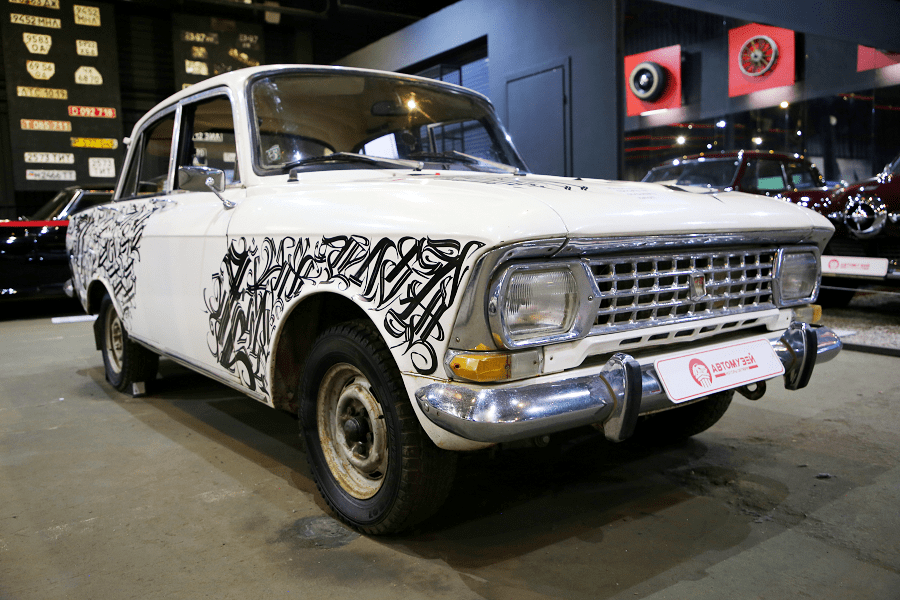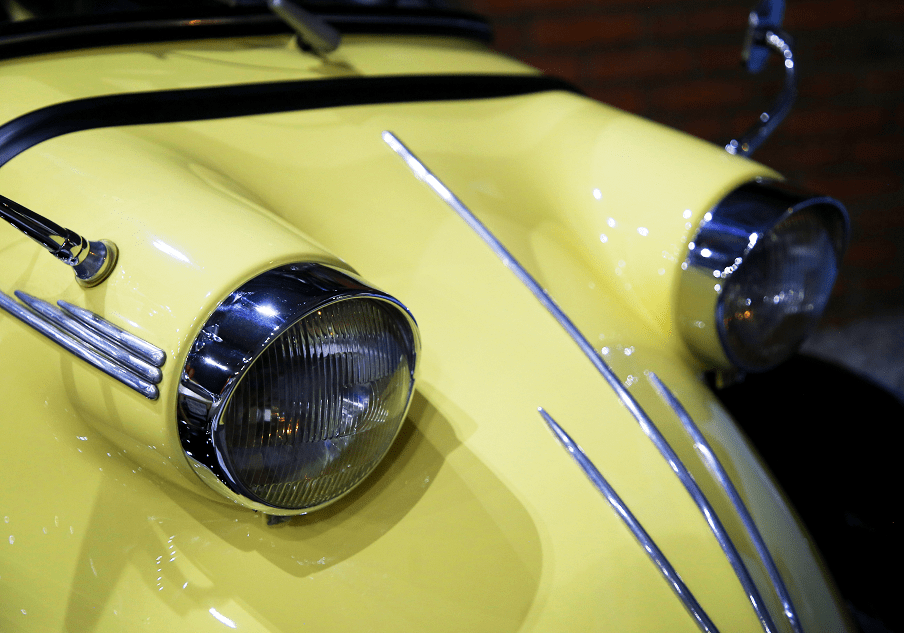Lincoln Continental I (first generation)
At the time work had begun on the first Continental coupe, Lincoln had announced the cancellation of the Lincoln K-series coupes, sedans, and limousines, which cut the lineup down to the very limited-production Lincoln Custom limousine and the smaller, higher-volume Lincoln-Zephyr coupes and sedans (with Lincoln-Zephyr technically a sub-marque of Lincoln).
Lincoln Continentals from 1939 to 1941 shared largely the same body design with each other with push-button door catch releases displacing the previous lever type handles for 1941; the Continental received minimal updates from year to year.
For the 1942 model year, all Lincoln models were given squared-up fenders, and a revised grille with the Lincoln-Zephyr now gaining the exterior push-button door catch releases. The result was a boxier, more massive appearance in keeping with then-current design trends, but perhaps less graceful in retrospect. 1942 production was shortened, following the entry of the United States into World War II; the attack on Pearl Harbor led to the suspension of production of automobiles for civilian use.
After World War II, the Lincoln division of Ford returned the Continental to production as a 1946 model; Lincoln dropped the Zephyr nomenclature following the war, so the postwar Continental was derived from the standard Lincoln (internally H-Series). To attract buyers, the design was refreshed with updated trim, distinguished by a new grille. For 1947, walnut wood trim was added to the interior.
Following the death of Edsel Ford in 1943, Ford Motor Company re-organized its corporate management structure, which led to the 1946 departure of the Continental’s designer Bob Gregorie. 1948 would become the last year for the Continental, as the division sought to redevelop its new 1949 model line as an upgraded version of the Mercury; the expensive personal-luxury car no longer had a role at Lincoln.
Assembly: Detroit (Michigan, USA)
Year: 1946—1948
Length: 5329 mm
Width: 1905 mm
Height: 1575 mm
Engine: 12 cylinders; 4785 cc
Power: 125 HP
Max speed: 160 km/h
Fuel consumption: 19 l/100 km
Weight: 1851 kg
Rahmi M. Koç museum (Istanbul, Turkey)













